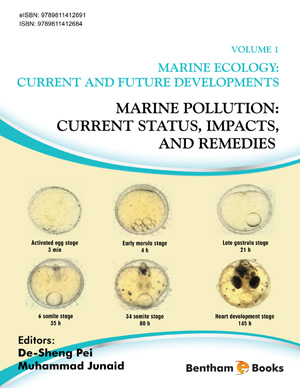Abstract
Modeling species-area and endemic species-area relationships have been broadly focused. However, little attention has been paid to rare species-area relationship and common species-area relationship. Also, there were few studies revealing the shape patterns among the curves. In the present study, we quantified the relationships among species-area (SAR), commonness-area (CAR), rarity-area (RAR) and endemism-area (EAR) relationships by investigating different probability functions of species distribution (including negative binomial distribution, finite negative binomial distribution, Poisson distribution, geometric distribution and He-Legendre extension of negative binomial distribution). Results showed that RAR could be used as a robust indicator of SAR, because the curve patterns are identical between RAR and SAR in most cases. CAR could easily become saturated for all probability models in that common species are readily detectable. Finally, EAR curves have convex patterns compared to other relationships. The influences of species aggregation and abundance on SAR and EAR typically showed opposite patterns: increasing aggregation and reducing abundance would lower SAR curves, while uplift EAR curves. Interestingly, varying aggregation and abundance of species could not change the flat patterns of CAR and predict the curve shapes of RAR among different probability models.
Keywords: Aggregation, commonness, ecological universal rules, endemism, flagship species, geometric constraint, indicator species, power law, rarity, sampling bias, species distribution, species-area relationship.









